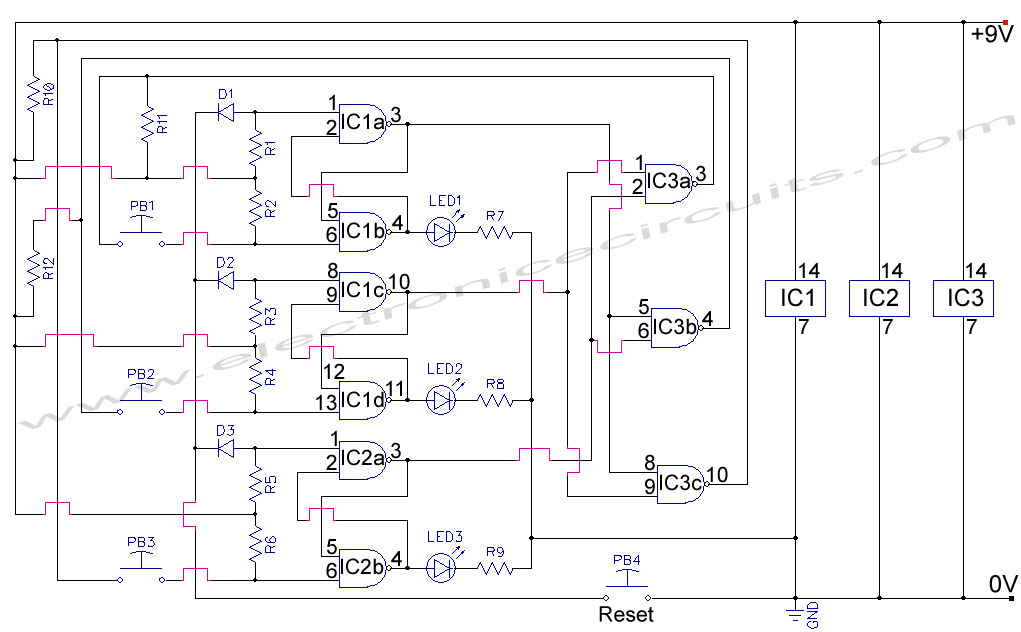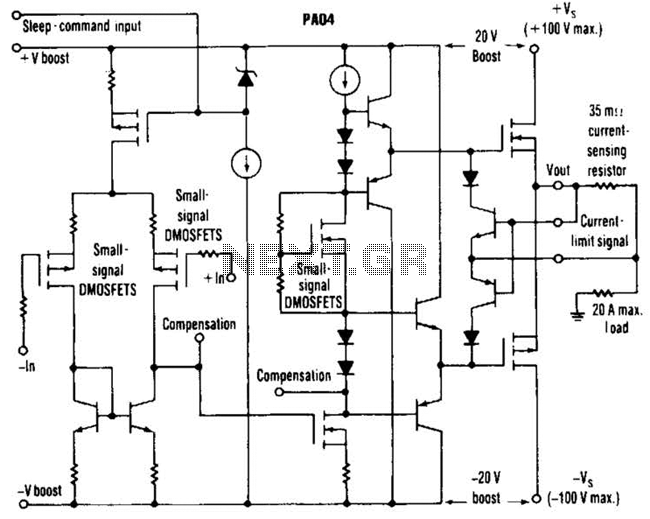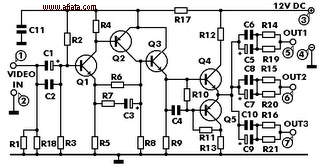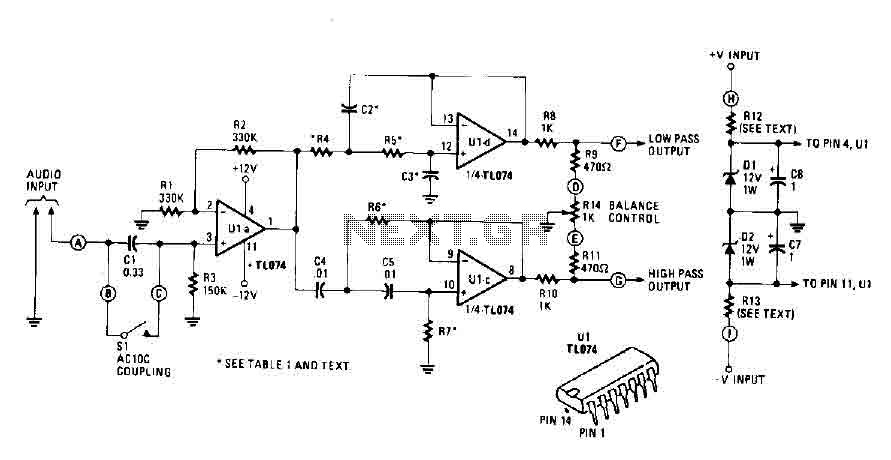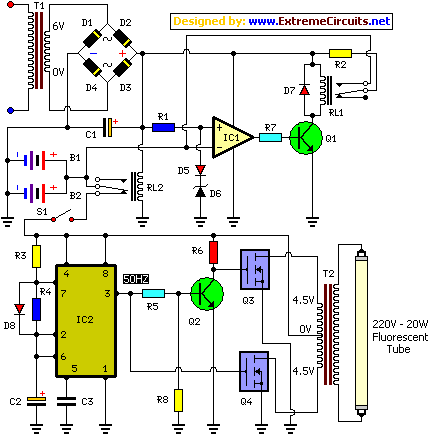
Photo Flash Slave Unit Circuit
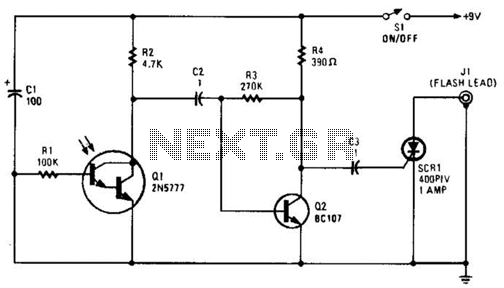
The phototransistor Q1 receives a light pulse from a photoflash unit. The pulse is AC-coupled to amplifier Q2, which subsequently triggers SCR1, activating a flash unit connected to J1.
The circuit begins with the phototransistor Q1, which is sensitive to light pulses emitted by a photoflash unit. When a light pulse is detected, Q1 conducts, allowing the signal to be AC-coupled to the base of the amplifier Q2. This coupling is typically achieved through a capacitor that blocks any DC component of the signal while allowing the AC pulse to pass through. The amplifier Q2 amplifies the received pulse, increasing its amplitude to a level sufficient to drive the next component in the circuit.
Following amplification, the output of Q2 is connected to the gate of SCR1 (Silicon Controlled Rectifier). The SCR is a semiconductor device that acts as a switch, allowing current to flow once it has been triggered. When Q2 outputs a sufficient voltage, it triggers SCR1, enabling it to conduct and complete the circuit to the connected flash unit.
The flash unit, which is connected to terminal J1, is activated by the current flowing through SCR1. This configuration allows for a rapid response to the incoming light pulse, facilitating the triggering of the flash unit in synchronization with the original light source. The overall design is commonly used in applications where quick and reliable light detection and response are necessary, such as in automatic photography or light-activated signaling systems. Phototransistor Ql receives a light pulse from a photoflash unit. The pulse is ac-coupled to amplifier Q2. It then triggers SCR1, which triggers a flash unit that is connected to Jl.
The circuit begins with the phototransistor Q1, which is sensitive to light pulses emitted by a photoflash unit. When a light pulse is detected, Q1 conducts, allowing the signal to be AC-coupled to the base of the amplifier Q2. This coupling is typically achieved through a capacitor that blocks any DC component of the signal while allowing the AC pulse to pass through. The amplifier Q2 amplifies the received pulse, increasing its amplitude to a level sufficient to drive the next component in the circuit.
Following amplification, the output of Q2 is connected to the gate of SCR1 (Silicon Controlled Rectifier). The SCR is a semiconductor device that acts as a switch, allowing current to flow once it has been triggered. When Q2 outputs a sufficient voltage, it triggers SCR1, enabling it to conduct and complete the circuit to the connected flash unit.
The flash unit, which is connected to terminal J1, is activated by the current flowing through SCR1. This configuration allows for a rapid response to the incoming light pulse, facilitating the triggering of the flash unit in synchronization with the original light source. The overall design is commonly used in applications where quick and reliable light detection and response are necessary, such as in automatic photography or light-activated signaling systems. Phototransistor Ql receives a light pulse from a photoflash unit. The pulse is ac-coupled to amplifier Q2. It then triggers SCR1, which triggers a flash unit that is connected to Jl.
